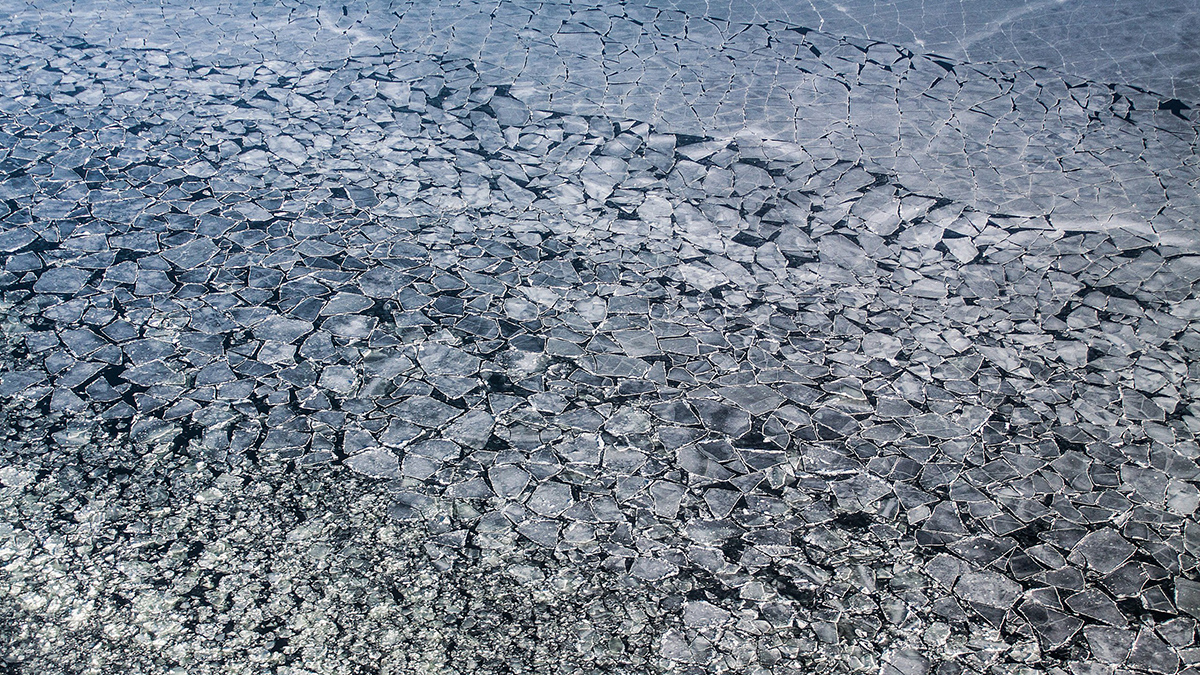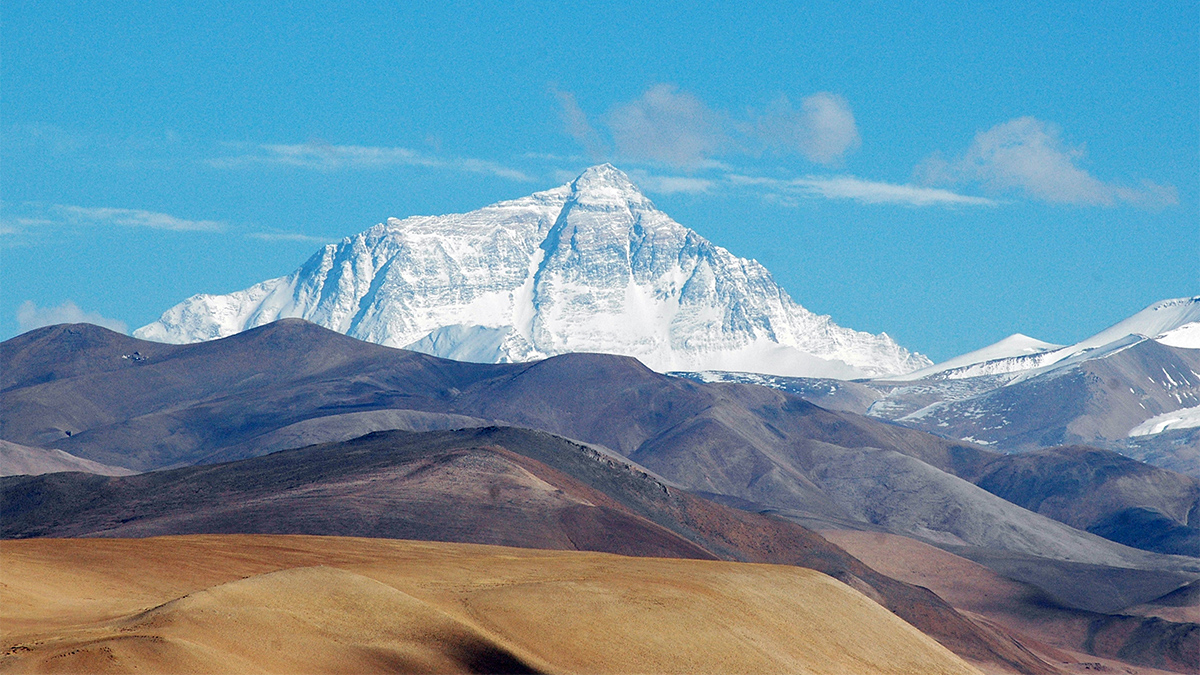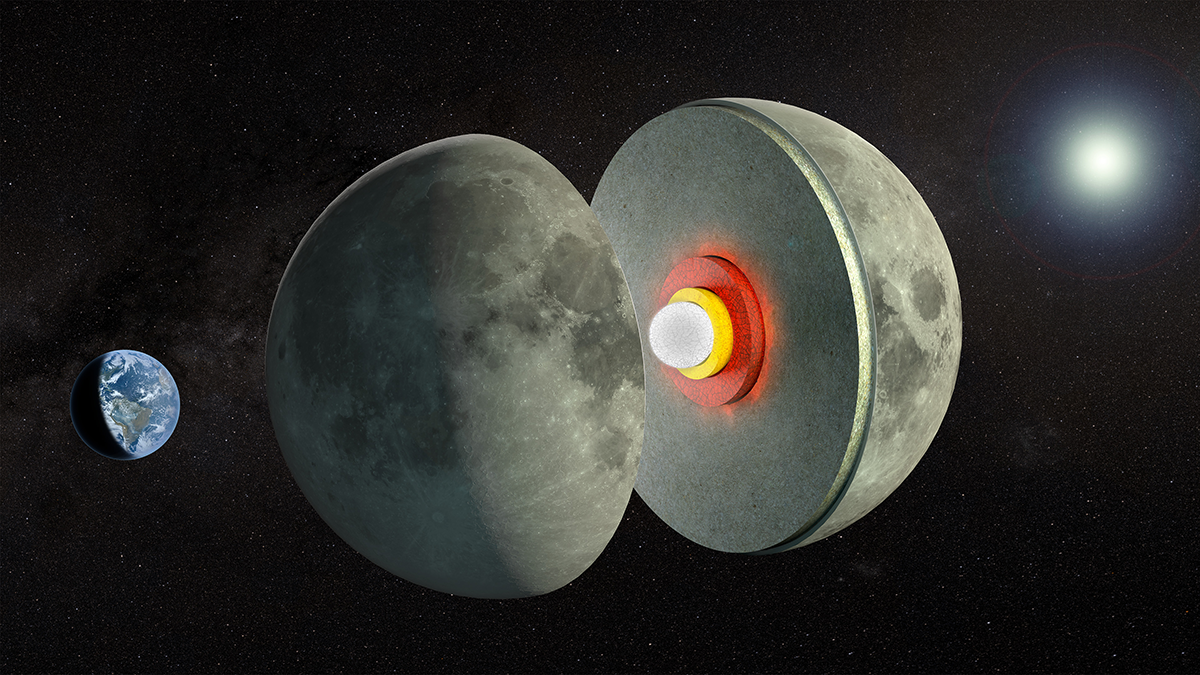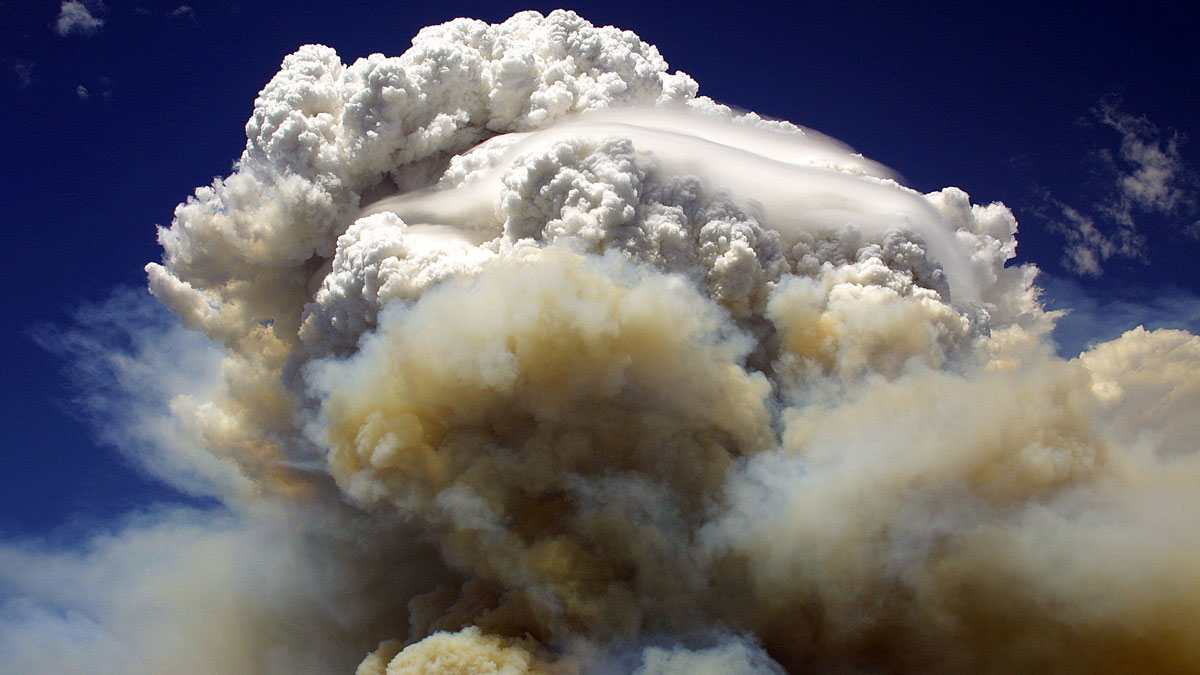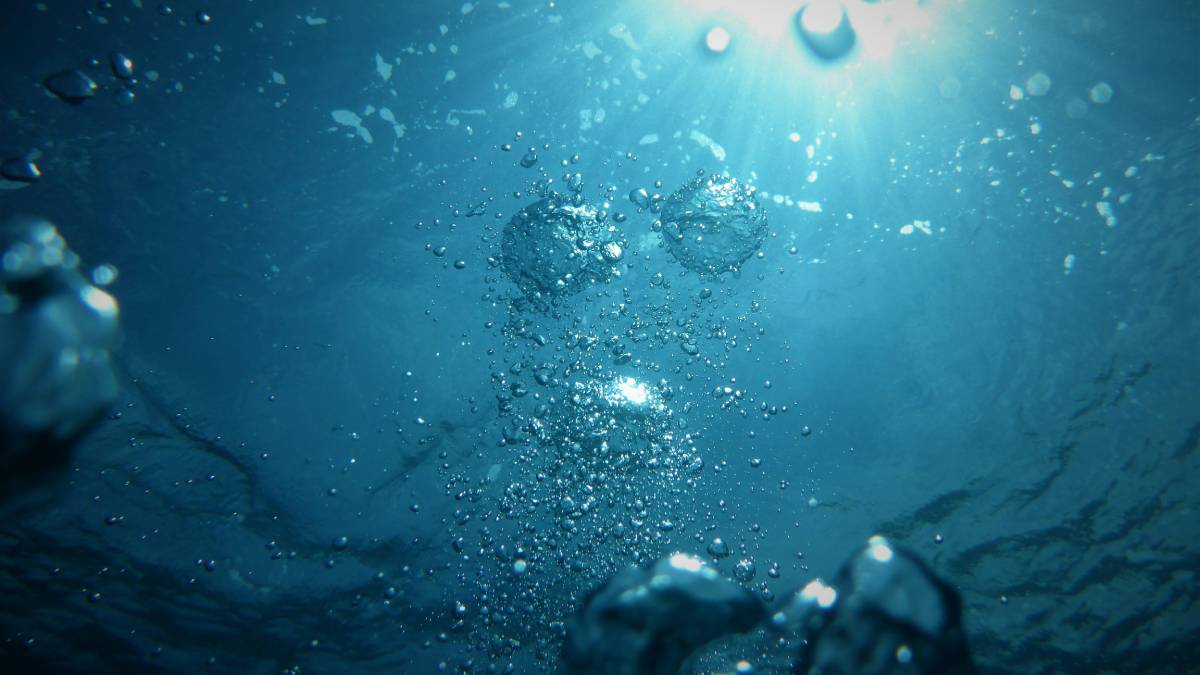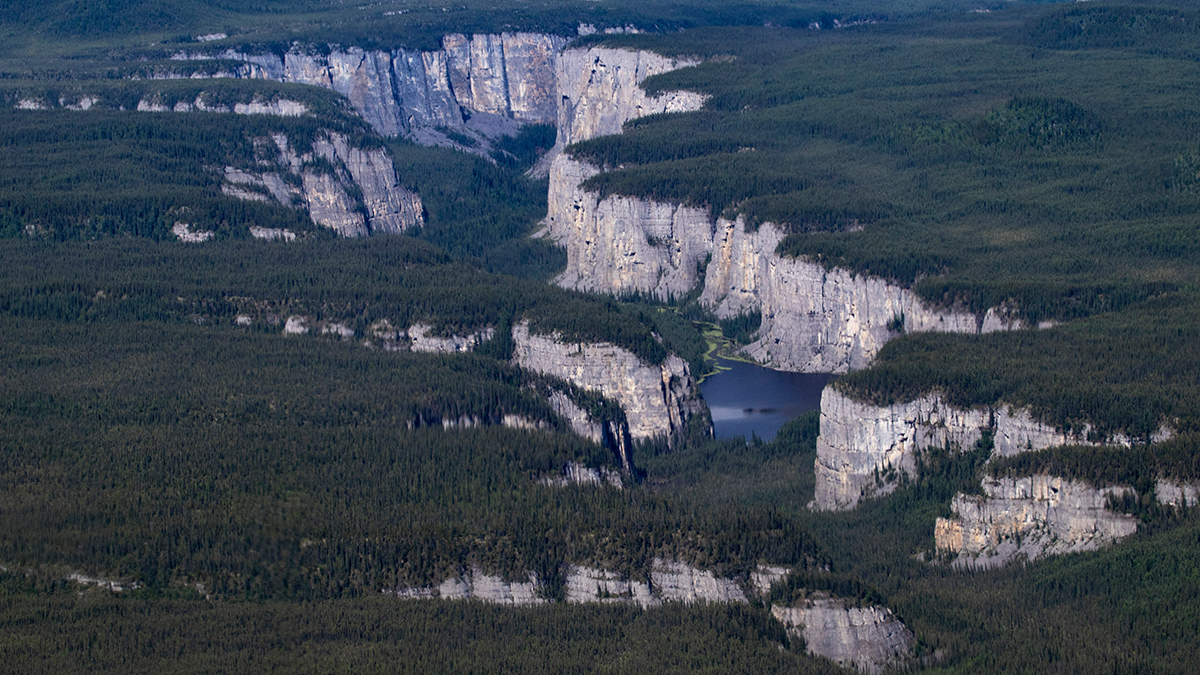A deep learning technique could reduce the error in 10-day weather forecasts by more than 90%, allowing communities to better prepare for extreme events such as heat waves.
Modeling
The Delicate Balance of Permafrost in Arctic River Floodplains
To evaluate the vulnerability of permafrost in Arctic floodplain landscapes to warming, scientists explore dynamics of its loss and reformation.
Simulating Arctic Carbon Emissions in a Warming World
Not all climate models include carbon from thawing permafrost, and those that do often disagree. Scientists are working to better inform models and assess how these crucial materials are simulated.
A Fuller Great Salt Lake Would Likely Narrow an Environmental Health Gap
Pacific Islander and Hispanic residents of Salt Lake City would benefit most from higher lake levels and reduced dust pollution.
Heat Moves More Freely Through Warmer Sea Ice Than Scientists Thought
Flowing brines transport heat more effectively than old models showed, potentially changing climate simulations.
A Pirate River May Be Giving Mount Everest a Boost
Rapid erosion can cause mountains to rise—even the world’s tallest peak.
The Moon’s Tides Hint at a Melty Lunar Layer
New lunar gravity measurements support the idea that a partially molten mantle layer is sandwiched between the rest of the Moon’s mantle and its core.
Black Carbon from Wildfire Smoke Can Double Warming Effects
The findings could help climate models be more accurate about warming projections.
Model Suggests Undersea Mountains Help Mix the Global Ocean
Seamounts may play a significant role in ocean turbulence and the upwelling of deep waters.
High-Pressure Reactions Can Turn Nonporous Rocks into Sponges
Mathematical models describe how water moves through rocks in deep Earth.





